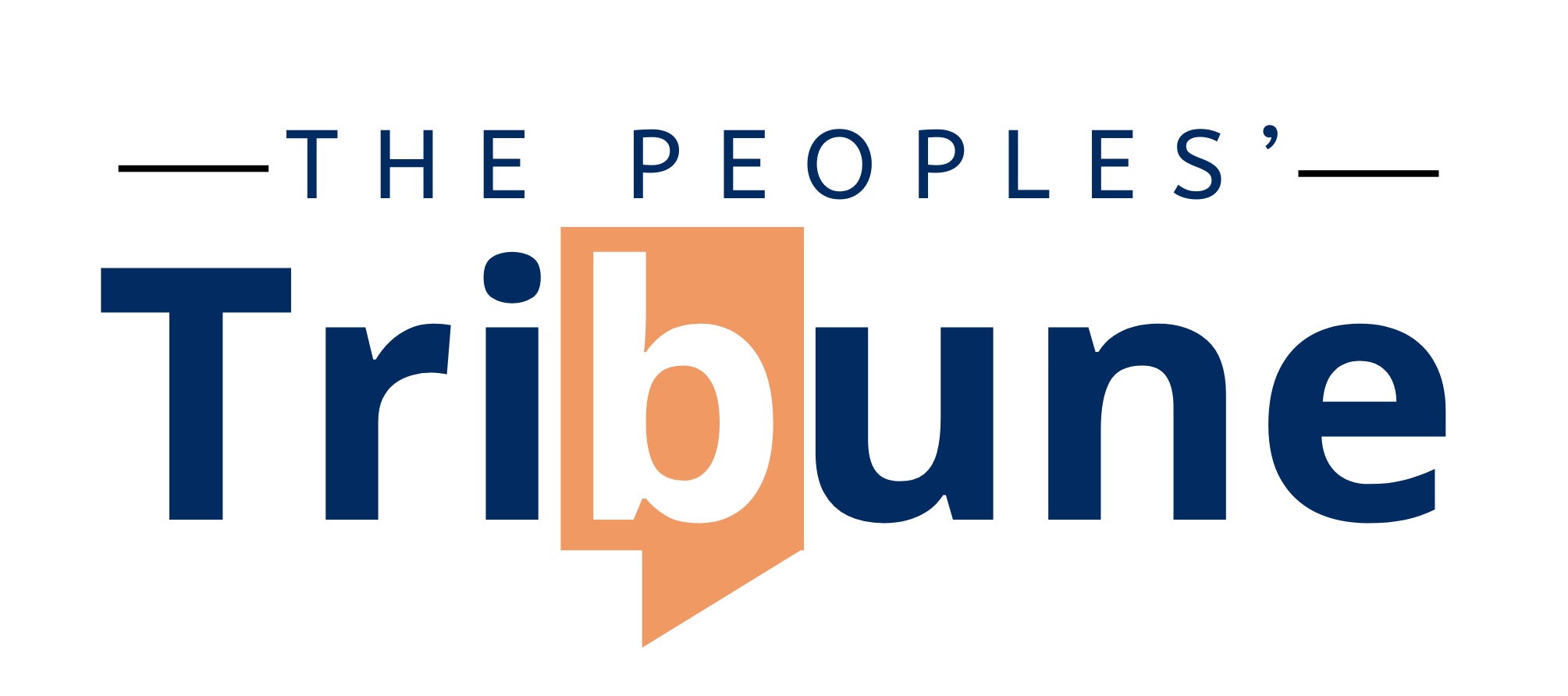GREAT BAY--Since taking the helm as Managing Director of Kadaster St. Maarten in November 2024, Benjamin Ortega has been focused on what he calls “geospatial transformation.” In his first interview with 𝘛𝘩𝘦 𝘗𝘦𝘰𝘱𝘭𝘦𝘴' 𝘛𝘳𝘪𝘣𝘶𝘯𝘦 since assuming the post, Ortega outlined an ambitious, technically detailed vision for digitizing and modernizing Kadaster’s operations, one built around automation, data accessibility, and public trust.
Ortega says the transformation begins with the implementation of a GIS-based platform and a digital client portal. These systems are expected to allow for real-time parcel visualization and streamline key processing services. “Our focus has been on geospatial transformation,” Ortega explained. “We’re introducing a digital client portal and exploring other digital-readiness and real-time parcel visualization as well as processing services.”
He identified legacy inefficiencies, such as manual processes and unclear standard operating procedures (SOPs), as immediate issues upon entering the role. To tackle them, Kadaster has begun introducing automation, revising procedures, and investing in staff upskilling to improve timelines and accountability.
When asked to describe what a fully modernized Kadaster would look like, Ortega said it would be “data-driven, paperless (or as much as possible considering the registry mandate, Certificates of Admeasurements and deeds), and publicly accessible.” He believes substantial modernization can be achieved within three years and noted that GIS and human resource developments are already underway.
A key part of this modernization push includes the development of a new Kadaster office location. Ortega said the new facility will improve public access, offer better parking, and create a more service-oriented environment. The space will also provide more room for archives and include updated digital data storage infrastructure.
Disaster preparedness and sustainable development also feature prominently in his vision. Ortega said that integrating hazard and zoning data through GIS and drones will enable Kadaster to support broader government planning efforts. Internally, the agency is adopting systems backed up across multiple platforms to ensure operational continuity in the event of a disaster. “Using more advanced systems that are back-upped on various platforms allows a seamless recovery (if needed) of any data or programs needed for execution of our daily task and work,” he said.
He emphasized that public trust is fundamental to Kadaster’s long-term role, and rebuilding it starts with transparency. That includes educational campaigns, clear press communication, and mechanisms for service feedback. “We have actively and continuously communicated to the public through press releases and our online presence,” he said. “We can't all do everything right at all times, yet the strive for fair and balanced work ethics, respectful communication, and timely and adequate service rendering is one of the most important to generate, strengthen, and rebuild trust in our community.”
On the question of data access and privacy, Ortega said many discussions with stakeholders have centered on access to accurate, real-time information. Through the new GIS platform, stakeholders will be able to purchase and access data from their own offices or homes. He acknowledged the growing threat of cyberattacks and stressed the need for secure, local data centers specifically designed to safeguard the country’s digital infrastructure.
Ortega believes Kadaster can also play a central role in sustainable land use and climate resilience. By mapping vulnerabilities and integrating GIS into environmental planning, the agency can support both public and private initiatives. “Kadaster is not only the registry for all land and land use on the island,” he said, “but also we (can) act as an advisory body for public and private partnerships with regards to land development.”
Asked how Kadaster would track its own progress, Ortega said a formal performance reporting mechanism still needs to be developed. Currently, the institution undergoes an annual audit as mandated by law, which is submitted to the Minister of Finance and the Supervisory Board of Kadaster.
Challenges remain. Ortega noted that modernizing systems while maintaining services is complex, particularly with a workforce that must continuously adapt. “Over the years Kadaster has developed more digital workmanship,” he said. “It is the institution’s intention to go even further with this.” He referenced online services like Domino’s Pizza as examples of successful digital platforms and suggested that Kadaster could follow a similar model. “Order or request your services online, pay online, and services are delivered, executed or ready for collection once notifications of readiness have been received. This would be the icing on the cake.”
As for measuring success, Ortega said the benchmarks are efficiency, transparency, and legacy-building. He believes that if these are achieved, his time as Director will have delivered real value. His vision is to leave behind “a smart, service-centered Kadaster that’s seen as a strategic national development partner.”
Join Our Community Today
Subscribe to our mailing list to be the first to receive
breaking news, updates, and more.



.jpg)


%20(412%20x%20570%20px)%20(412%20x%20340%20px).jpg)